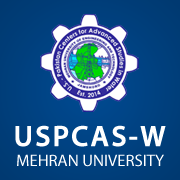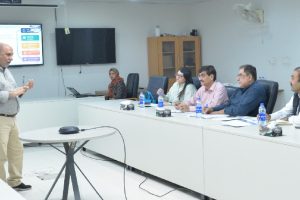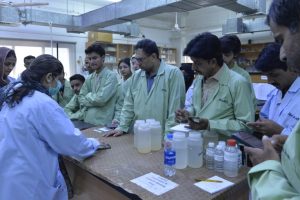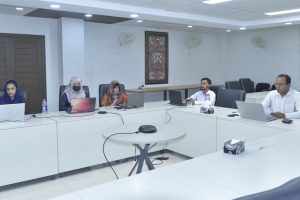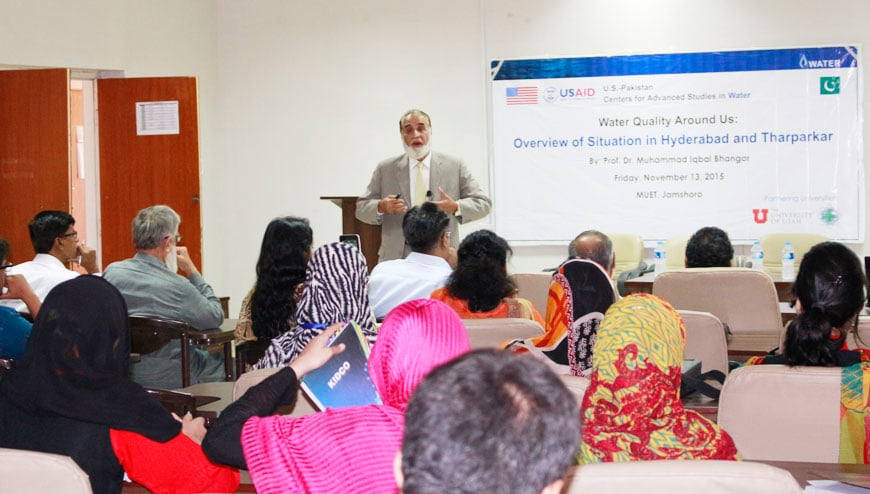
Water Quality around us: Overview Situation in Hyderabad and Tharparkar
Experts fear for ecological disaster and a famine like situation in Sindh, if sincere efforts were not take to reverse the water pollution.
Prof. Dr. Muhammad Iqbal Bhanger said water scarcity is a natural and human-made phenomenon, while inexorable rise in demand for water to grow agriculture, food, supply industries and sustain urban and rural populations has led to a growing scarcity of freshwater in many parts of the world; consequently water scarcity emerged as a global issue. “Increasing number of rivers now run dry before reaching the sea for substantial periods of the year, while in many areas, groundwater is being pumped at rates that exceed replenishment, depleting aquifers and the base flows of rivers.” this he said while delivering lecture in a graduate a seminar organized by U.S-Pakistan Center for Advanced Studies in Water (USPCAS-W) at Mehran University of Engineering & Technology (MUET) Jamshoro on Friday. Speaking in the seminar on “Water Quality around us: overview situation in Hyderabad and Tharparkar”, Dr. Bhanger said Pakistan and specially Sindh faces one of the worst situations of water quality due to poor water governance and if sincere efforts were not taken to reverse the water pollution, the province have to face ecological disaster and famine like situation in near future. He said that at present the level of contamination in water is very much high and the lives of nearly 4 million people of Thatta, Badin, TM Khan and the rural parts of Hyderabad districts were under threat due to the supply of highly contaminated water, these districts of lower Sindh get water through the irrigation system of left bank canal system of Kotri Barrage, including Phulelli Canal, Pinyari and Akram Wah.
Prof. Bhanger said use of poor water quality causes several environmental health related problems and number of diseases related to renal complexities, skin allergies, reproductive, blood disorders and carcinogenic problems has risen in recent past. He said according to World Health Organization (WHO) permissible limit for Total Dissolved Solids (TDS) and fluoride is 1.5 mg/L (per liter) but his recent research study found range of TDS up to 10 mg/L in Tharparkar district while sampling water quality and 69.5 % out of 820 water wells contaminated beyond the permissible limit of WHO. He further said that some of countries imposed ban on such hazard chemicals including DEHP, DBP, DIBP, and BBP generally and particularly in pediatrics neonatal and maternity wards accessories in hospitals and they have started the use of molecular imprinting popular technology for removing phthalates. He was very much concerns for the sale of locally so-called filtered water in bottles and water-canes bypassing proper protocols of labeling and other printed literature. He further suggested that the government should install sustainable R.O plants in Tharparkar district and water treatment plants in urban areas of Hyderabad and to ensure the quality of potable water by improving and implementing of environmental and water laws. On this occasion, Deputy Project Director Dr. Kamran Ansari and Prof. Dr. Rasool Bux Mahar spoke in the seminar, a good number of students and water researchers attended this graduate seminar.

